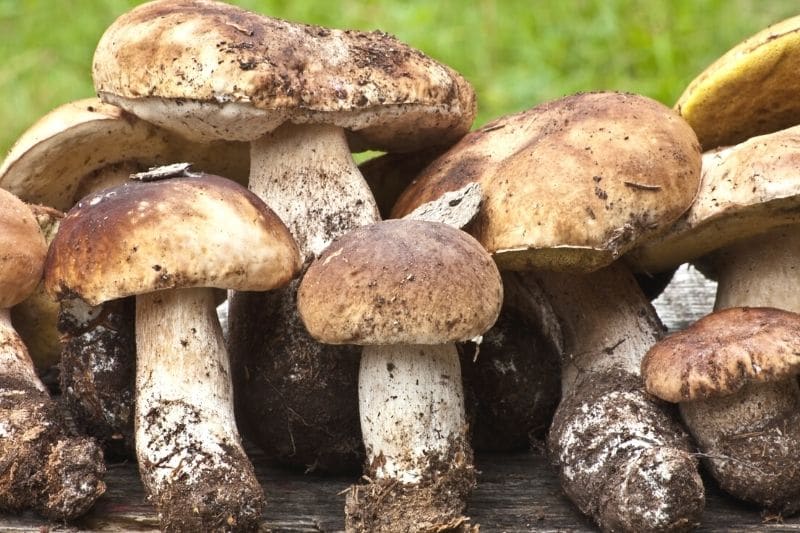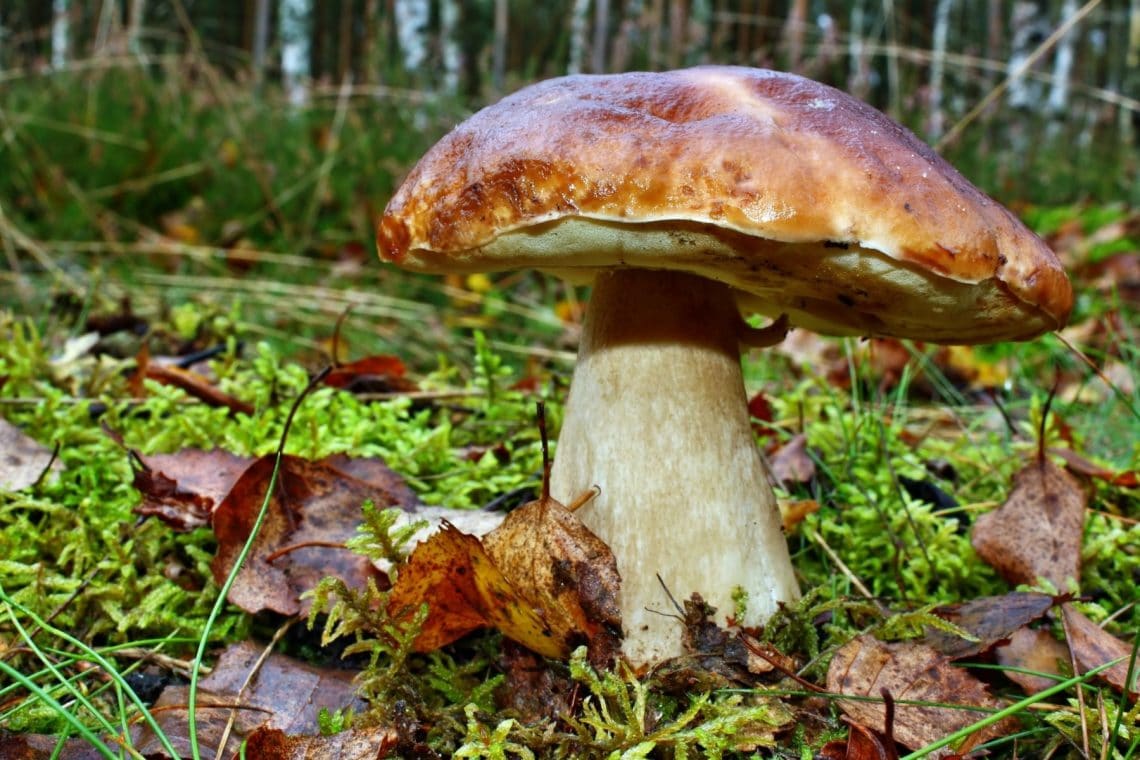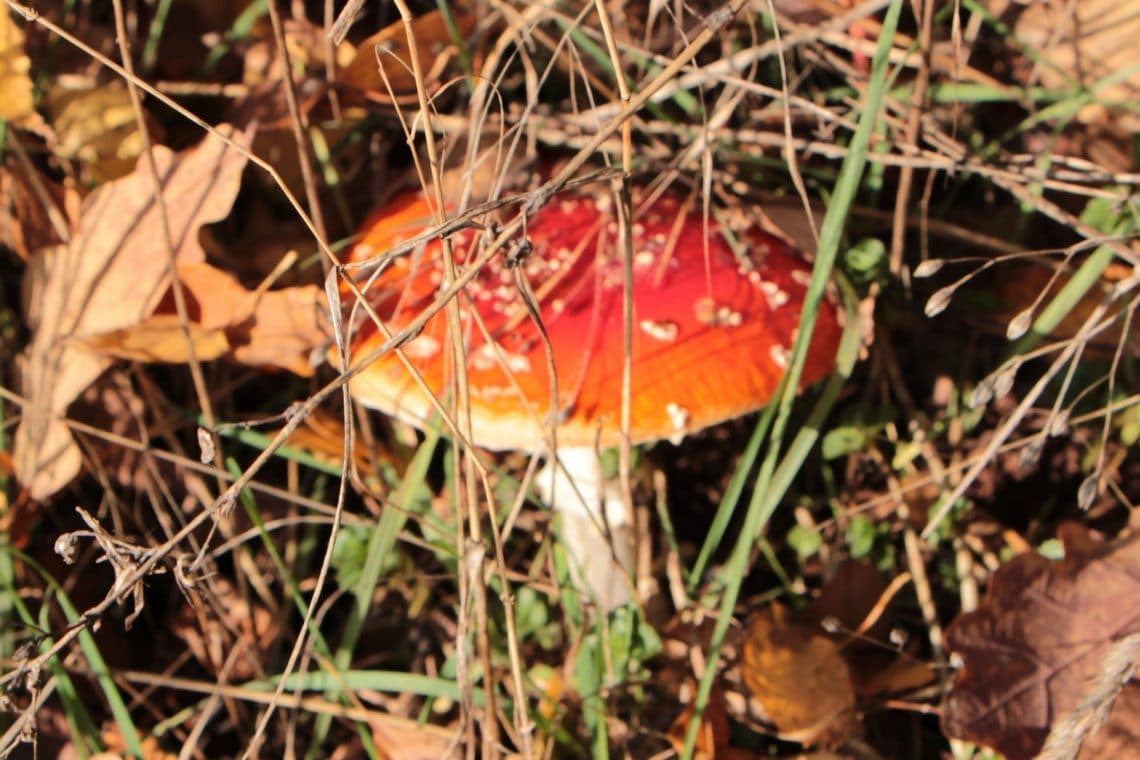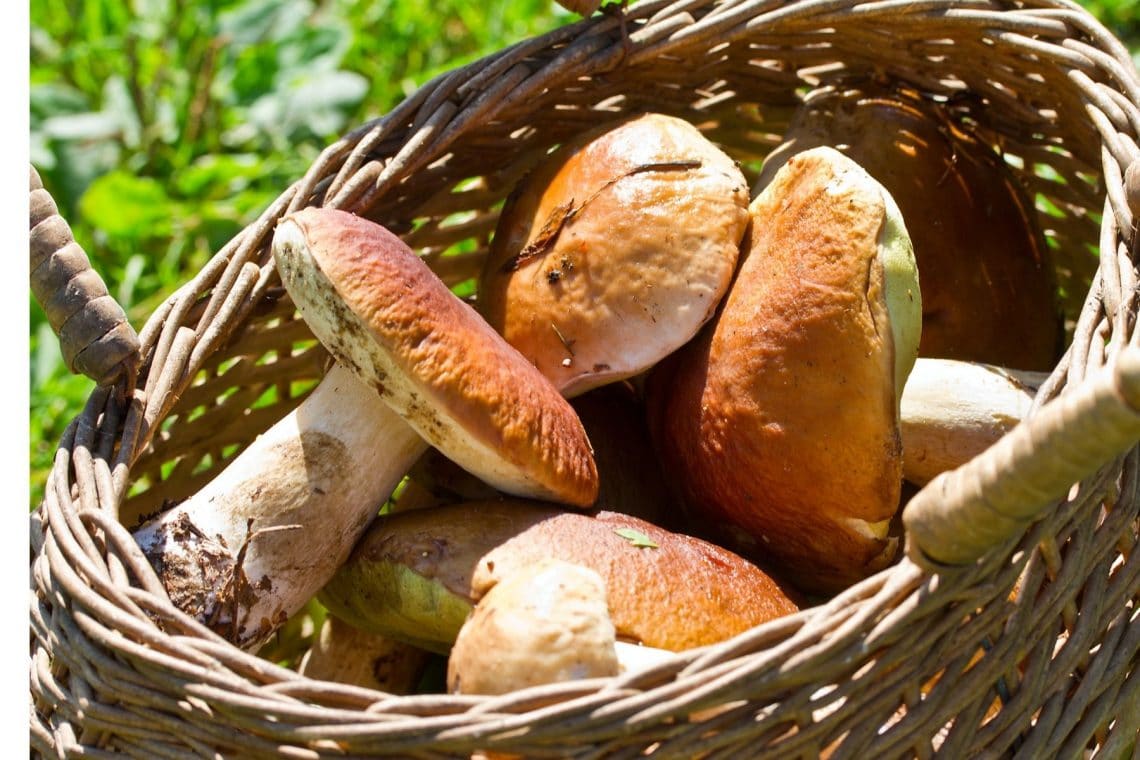
Boletus is a particularly valued edible mushroom. Not without reason every year mushroom pickers go hunting and with a few tips you too will come back with rich booty. We tell you where to find porcini mushrooms.
Contents
- 1 To the point
- 2 Know location(s)
- 3 Selection of native species with preferred tree species:
- 4 Consider accompanying vegetation
- 5 Get up early
- 6 Watch the weather
- 7 Frequently asked questions
- 8 Can I plant porcini mushrooms in trees?
- 9 How many porcini mushrooms can I pick per day?
- 10 How do I harvest a porcini mushroom properly?
- 11 Author
To the point
- Porcini mushrooms enter into symbiosis with various tree species
- Summer porcini mushrooms grow from May
- fruiting occurs with most boletus species in autumn
- preferred locations moist and low in nutrients
- many mushrooms grow in humid and moderately warm weather conditions
Know location(s)
Up to 13 different species are estimated to be native to Europe. However, with some differentiation, experts still disagree on whether they are actually distinct species. Each species of porcini forms a sensitive mycorrhizal association with certain trees. Therefore, the location may vary depending on the species. In terms of food quality, there is little difference among species.
Selection of native species with preferred tree species:
- Common boletus (Boletus edulis): all coniferous and deciduous trees, pine, birch, oak, beech, and sweet chestnut preferred.
- pine boletus (Boletus pinophilus): pines, spruces
- Summer boletus (Boletus reticulatus): beech, oak, mixed forests with beech and fir or beech and hornbeam
- Black-hooded boletus (Boletus aereus): oaks, beeches

The most common is the common boletus, as it is very flexible in the selection of its tree partners. The black-hooded boletus rarely occurs and if so, only in years with a very mild winter.
In addition to the tree species, the site must also meet the following characteristics:
- moist
- light
- no direct sun
Ideal are places where there are streams nearby, or the water can collect in depressions for a longer time. The trees should not be too dense, as they also do not like a lot of shade.
Consider accompanying vegetation
It is not always possible to recognize a host tree in the vicinity at first glance. Sometimes it no longer exists because it has been cut down. However, porcini mushrooms can still be found in the same place for several years. Therefore, you should pay attention to the accompanying vegetation. You can avoid areas where nettles (Urtica) or fountain weeds (Impatiens) grow. Porcini mushrooms are only found in areas where the soil is lean and nutrient poor, and both species would indicate very nutrient rich soil.
Sparse but present vegetation indicates a possible finding spot. Areas with a lot of moss are ideal. This is also an indication that there is plenty of moisture, which porcini appreciate.
Another indication of a boletus location is also various mushrooms that have similar requirements. These include:
- Toadstool (Amanita muscaria).
- Gray bulbous mushroom (Amanita spissa)
- Meal-loaf mushroom (Clitopilus prunulus)
- Pearl mushroom (Amanita rubescens)

Tip: Other edible mushrooms can also be found near toadstools. These include the chanterelle (Cantharellus cibarius).
Get up early
If you want to find porcini mushrooms, you should not only start looking early in the day, preferably at sunrise, but also early in the year. In fact, if the weather is right, you can find the first summer porcini as early as May.
The other common species, such as the Pine Boletus and the Common Boletus, prefer a decreasing temperature and start forming fruiting bodies in early autumn.
Watch the weather
To find a porcini mushroom, wait for weather that is warm but also humid. Sustained rain for a day or two followed by sunshine is ideal. This applies both to the summer boletus and to the species that first form fruiting bodies in the fall.
Generally, you will have little success foraging for mushrooms if the weather is persistently dry. In some years, the formation of fruiting bodies can be very sparse or even completely absent if it has not rained for months. If there is then another rainy period in the fall, the mycelium is usually so badly damaged by the drought that it takes at least until the next season for the mushrooms to recover.

Note: In very dry years, picking of popular edible mushrooms may be prohibited altogether to conserve existing stock.
Frequently asked questions
Can I plant porcini mushrooms in trees?
This is theoretically possible, but in practice all factors must fit. In specialized shops you can even buy trees that are already inoculated with porcini. Preferred here are sweet chestnuts, because here not only in the vicinity of the mushrooms grow, but after a few years the sweet chestnut also bears fruit.
How many porcini mushrooms can I pick per day?
How many mushrooms may be collected per day and person can vary greatly. With mushrooms, similar to plants, the so-called “hand bunch rule” applies. Small quantities for personal use may usually be collected. However, larger quantities, even if for personal use, are prohibited.
How do I harvest a porcini mushroom properly?
Proper mushroom experts would never cut mushrooms. This could leave important features in the soil that can be used to distinguish porcini from poisonous species. Therefore, it is recommended to carefully turn the mushroom out of the ground whole. Also, never collect over-aged mushrooms. Overaging can cause the formation of toxic decomposition products, which are not destroyed even during cooking.

